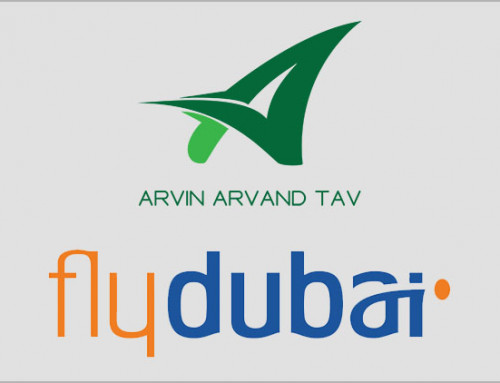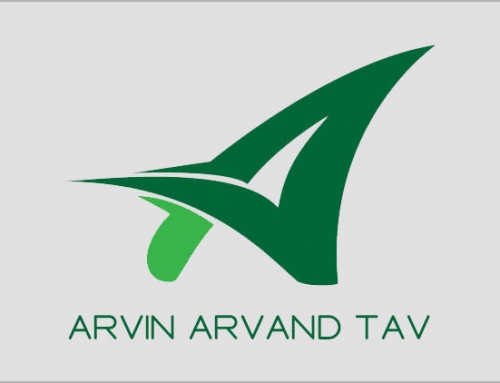Reducing the cost of ground handling is one of the struggles of people involved in the process of checking passengers at airports, and safety and security is one of the highest needs in the aviation industry. However, the smooth passage of passengers from the place of disembarkation in front of the terminal (curbside) to sitting on the plane seat (aircraft seat) with minimum time wastage and maximum efficiency is one of the expectations in this industry to use these systems and software Computers are the best solution in the age of technology.
The standard information recorded in the computer reservation system (CRS) at the airline agency or WEB DCS ticket sales website when issuing a passenger ticket and used to identify passengers is later used as a Passenger name record (PNR). Is known.
Departure control system (DCS) is a set of cargo and passenger control activities based on the SITA base system or other base systems by airlines in flight counters to expedite the flow of passengers and their timely departure by providing a boarding process. And their safe check is done. This system is done directly or indirectly by connecting to the Global Distribution System GDS and the airlines’ cargo and passenger control systems. In addition, this system can be used for immigration control systems for visa control, immigration and the list of banned people. Large international airports have integrated or separate DCS for airlines.
Airlines use other basic systems in addition to the SITA base system, including the Amadeus base system established in 1987 for Altéa Departure Control (DC) – Customer Management or the KLM proprietary system called CODECO ( computerized departure control) or the Galileo system specific to the United Kingdom or the Departure Control System – iPort, which can be named by the Dutch IT company (Res2).
In Iran, airlines, including Iran Air, are members of the basic SITA system. The SITA system was launched in 1949 with the aim of connecting airports and airlines with 185 member countries in 80 languages. This system is related to aircraft and airport operations, cargo and luggage operations, warehousing operations, commercial operations and communications management.
Departure Control Services in general; Provides global, secure end-to-end departure control to reduce costs for customers, including automatic passenger check-in, boarding control, and weight and load balancing systems.
DCS service system stakeholders include the following:
1- Airport, which provides internet networking affairs and can be attractive for airlines by offering training courses in practical branches.
2- Airlines; Which can speed up access to airport equipment.
3- Output control managers
4- Passengers’ check managers
5- Passengers; Enjoy check-in with smooth and secure transmission systems.
Benefits of DCS system:
Among the benefits of using these systems, in addition to increasing productivity, which is done by reducing the time of providing services to airport customers, managing companies and integrating support systems for all companies, can be increased efficiency (increased revenue) by opening seats quickly and Resale and customer satisfaction can be added by speeding up and simplifying check-in and cost reduction by reducing the costs of penalties related to necessities and flight delays:
1- Quick check of passengers and cargo at the airport 2- Counting of passengers and their related details 3- Tracking of passengers and their related cargo 4- Information about passenger travel (departure time; used flight gate, exit و)
DCS features:
1- Passenger check is done in a few minutes 2- Facilitate group check of passengers 3- Print and copy of flight card (TAG or Boarding pass) 4- Flight management 5- Store information 6- Track and route tracking of passengers and cargo 7- Analysis and Flight analysis 8- Deleting the flight card for special reasons that the passenger can not continue the trip (de check in) 9- Communication with the BRS system.
DCS tasks:
1- Flight selection 2- Security number 3- Cargo management 4- Enter passenger details 5- Print and copy TAG 6- Transit check 7- Cargo access
DCS tasks at the output gate:
1- Boarding pass control card 2- Detecting the remaining passenger or non-compliance of the outgoing passenger with the number of issued flight cards (no show).
Basic systems such as, as mentioned, provide the DCS system to airlines, as well as APIS and APP systems (to provide a list of passengers to different countries before the passenger check and travel confirmation in terms of security).
APIS (advance passenger information system) and APP (advance passenger processing)
CUTE (common use terminal equipment): This system is commonly used for shared use of terminal and counter facilities by setting up DCS systems regardless of the basic software of the airline; It can reduce costs by up to 30%, especially in the communication infrastructure for airports and airlines, and is usually provided by the airport for the integration of emo checks, and flight check counters are generally usable for all companies and make managing counters easier.
Among its disadvantages are:
1- Its maintenance is the responsibility of the airport
2- It is technologically expensive
3- It reduces the responsibility of the airline in the terminal.
The next generation of this system is called CUPPS, which can be used with a variety of printers.
Passenger Check Load Systems (BHS-BSM-BRS-RFID):
1- Check-In
2- Screener
3- Transport
4- Sorting
5- Make up
6- Loading
7- Aircraft
8- Unload
9- Transfer
10- Arrival claim
Cargo route at the airport:
1-BHS system – baggage handling system
2-BSM system – baggage source message
3- Mobile check check in mobile check system This mobile system is carried by one of the people of the airline and is mobile to the check and passenger check and flight card issuance.
4- Integrated baggage management system
5. Mishandled bag system
6. RFID barcode system
7- BRS system – baggage reconciliation system The cargo and passenger matching system that connects the barcode reader to the SITA system acts as a cargo and passenger interface system.



